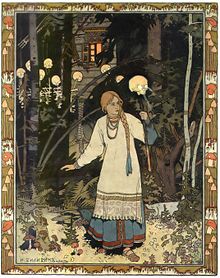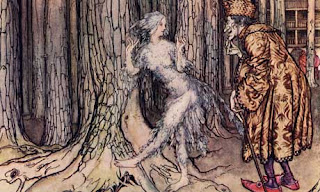The most common motif in Cinderella stories is the “rags to riches” idea where the main character goes from having a poor miserable life to having a life of riches and success. In Cinderella stories this phenomenon takes place through some sort of magic or marriage. This outlook on success can often be seen as unrealistic because so much more goes into a successful and happy life than just magic or marriage. I believe Cinderella tales show people that happy endings can take place in the most unlikely situations and people, and that it can teach people not to lose faith in impossible dreams just because of what the reality of life is.
Obviously, dreams and happy endings can’t take place through magic. They can happen in other ways, only much more difficult. The real magic in a happy ending or successful life, is one’s ability to work hard enough to make it happen, even if one’s situation says otherwise, as long as one keeps working for it and never gives up hope. As simple as this may sound to some, it is never that easy and it can only be achieved through a very long and hard journey, and for some no matter how hard they work, it may never even take place.
 Another part of the ‘magic’ in the motif is fate. In order to have a successful and happy ending type of life, it takes a great deal more than just hard work; there is a large amount of what you could call fate and luck involved. I believe fate and hard work are the real sources of ‘magic’ in “rags to riches” Cinderella stories.
Another part of the ‘magic’ in the motif is fate. In order to have a successful and happy ending type of life, it takes a great deal more than just hard work; there is a large amount of what you could call fate and luck involved. I believe fate and hard work are the real sources of ‘magic’ in “rags to riches” Cinderella stories.
In Disney’s Cinderella, Cinderella is aided by the magic of a fairy godmother to go to the ball where she meets the prince who falls in love with her, and later searches the whole kingdom for her. They eventually get married and Cinderella is freed from the grasps of her evil step-mother and step-sisters, and lives happily ever after with the prince. Besides the magic involved in the story, Cinderella worked extremely hard everyday, not for a ‘dream’ or goal of success, but because she had to for her step-family who forced her to be their slave. Through the hard work she did and the terrible life she had, she still remained a kind and positive person; which in a way caused her to be graced by the magic of a fairy godmother. When going to the ball it was only fate that she danced with the prince who fell in love with her and wouldn’t rest until he found her again. Therefore, it was also fate that brought her and the prince together in the end.
In the movie, Pretty Woman, the main character Vivian meets a business man named Edward who she begins working for, and they soon fall in love and eventually end up ‘living happily ever after.’ Before Vivian met Edward she was working as a prostitute and scraping just to get by. Even though her life was rough, she was still working hard to get through life. When she met Edward, it was fate that brought them together in a way, and he ended up being the cause of her having a more successful and happy life in the end.
Happy endings and “rags to riches” tales don’t just take place through magic or marriage. There are always other more important aspects that take part in them that are the real causes for a ‘happy ending.’ Success stories take place through hard work, along with the luck and fate of opportunities and people that arise in one’s life that can end up leading to a happy ending.






